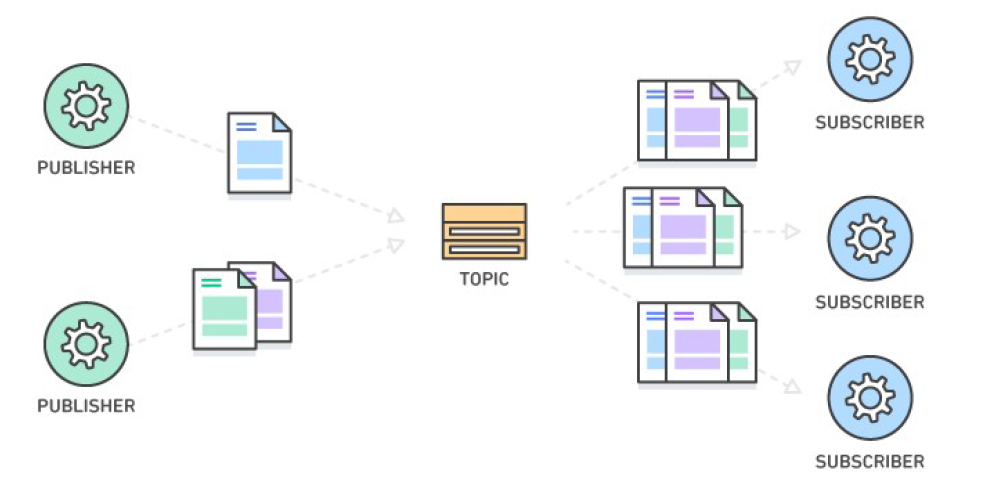Text by: Aris Bonanos – EXUS
With this blog we aim to explain to non-experts some of the inner functions of the communication interfaces of the project, enabling exchange of information between the sensors and the WorkingAge Application.
The deployed sensors (e.g., cameras, noise & voice sensors, etc.) collect raw data from the user, which needs to be processed in order to extract the relevant information, and this “high level” information is subsequently conveyed to the user’s mobile phone. Depending on the content of the high level message, a recommendation may appear to the user to avoid some situation. To illustrate this, a camera catpures images from a user, these are sent to an edge-server and processed to identify if the user has a good posture and the posture results are sent to the application. If the results indicate a bad posture, this prompts a notification towards the user to correct their posture.
Each set of sensors belongs to a specific sensor group. When a user registers to the system, an anonymous pseudo-ID is assigned to them, tying the user to a specific sensor group. Therefore, the information sent between sensor and processing server, aside from the raw data, also contains information on the sensor group and the user ID. This information exchange is handled via a message broker, allowing for asynchronous communication between many and distributed sensors. By “publishing” and “subscribing” to specific topics, the information is sent from each sensor the appropriate destination. The WorkingAge project utilizes the ZeroMQ messaging library.
This ZeroMQ communication interface is deployed in each of the pilot locations, since the WorkingAge platform operates on its own isolated network. In the preliminary tests, we have achieved responses with very low latency, showing the suitability of such a system for the WorkingAge solution.

